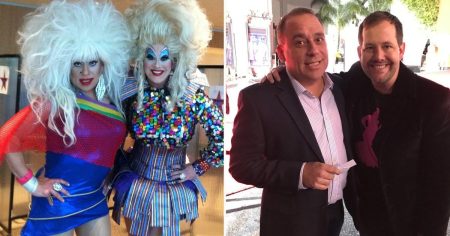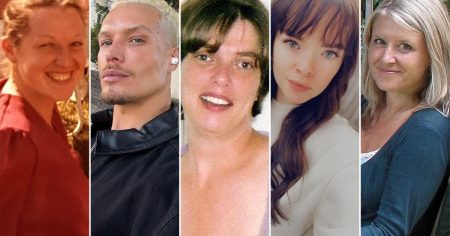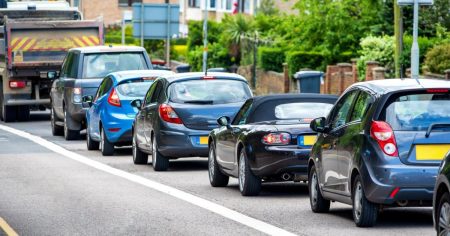Soho, London’s historically vibrant LGBTQ+ hub, is undergoing a dramatic transformation, leaving its future as a queer safe haven uncertain. Once a sanctuary characterized by boarded-up windows concealing its patrons from a hostile outside world, Soho evolved into a symbol of LGBTQ+ visibility and acceptance. The emergence of venues like The Village, with its open windows, marked a turning point, signaling a newfound confidence and openness within the community. However, this era of visibility appears to be fading as the area experiences a significant decline in LGBTQ+ venues, raising concerns about the erosion of its unique identity and the safety of its queer community.
The closure of iconic establishments like G-A-Y Bar and G-A-Y Late, Madame JoJo’s, and Raymond Revuebar, underscores this concerning trend. Jeremy Joseph, the owner of the G-A-Y venues, cites strict licensing laws, unsupportive residents, and the gradual loss of Soho’s queer identity as key factors contributing to his decision to sell. He laments the decline in community spirit and expresses anxieties about personal safety, even during Pride month, observing a lack of engagement from other businesses in celebrating LGBTQ+ visibility. This dwindling sense of community is further highlighted by the contrast between the unity demonstrated after the Orlando Pulse nightclub shooting in 2016 and the current atmosphere.
Economic pressures, including the pandemic and the cost of living crisis, have undoubtedly exacerbated the challenges faced by LGBTQ+ venues. Gary Henshaw, owner of Ku Bar and She, London’s only lesbian bar, describes the struggle to remain open amidst opposition from local residents’ groups and restrictive council decisions. He cites difficulties in securing extended opening hours, a crucial measure for financial viability, and expresses fears that closure would pave the way for generic chain businesses, further diluting Soho’s unique character. The Soho Society, a community association, defends its opposition to extended hours, citing concerns about crime and disorder, and emphasizing its support for LGBTQ+ venues while prioritizing safety and resident concerns.
The decline of LGBTQ+ spaces extends beyond Soho. Across London, more than half of these venues have closed since 2006, a trend mirroring the challenges faced in Soho. This loss has profound implications for the safety and sense of belonging experienced by LGBTQ+ individuals. Carl Mullaney, a West End actor, recounts how Soho once offered a sense of security and acceptance, but the shrinking number of queer spaces has amplified anxieties about personal safety in the face of rising homophobic and transphobic hate crimes. This growing sense of vulnerability is reflected in his conscious decision to downplay his identity in public spaces.
Soho’s transformation is deeply intertwined with its history. From its early days as a hub for theaters and a burgeoning arts scene, it became a haven for queer individuals during times of legal persecution. The coded language used to describe establishments like the Caravan Club in the 1930s speaks to the necessity of discretion in an era when homosexuality was criminalized. The proliferation of queer spaces in the 1980s, facilitated by affordable rents offered by the council, solidified Soho’s reputation as a gay village. The Admiral Duncan bombing in 1999, while a tragic event, also underscored the resilience of the community and its connection to the area. However, the mid-2000s marked a shift, as the council and developers began prioritizing leisure and tourism, leading to the demolition of iconic venues to make way for projects like the Elizabeth Line.
The evolving landscape of Soho raises questions about gentrification, the prioritization of profit over community, and the future of queer spaces. The increasing presence of mainstream businesses and the ownership of many LGBTQ+ venues by large corporations like Stonegate Pub Company signal a shift away from community-focused ownership. While the physical spaces are undoubtedly important, the essence of Soho’s queerness also resides in the interactions and experiences of its LGBTQ+ community. The fleeting connections, the vibrant nightlife, and the sense of shared identity are integral to its character. Preserving these intangible elements of Soho’s queer culture remains a crucial challenge as the area continues to evolve.











